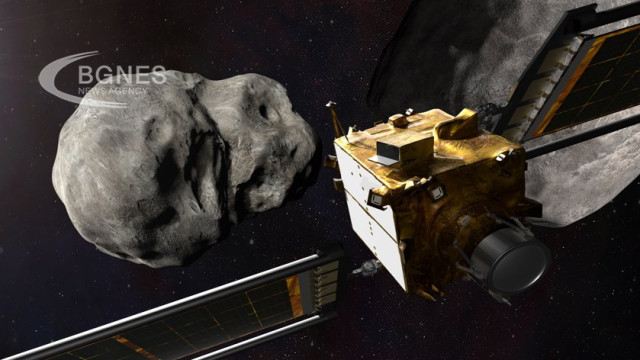Scientists at the Southwest Research Institute have discovered water molecules on the surface of asteroids for the first time. The discovery was reported in a paper published in The Planetary Science Journal.
Astronomers studied four asteroids rich in silicates - Iris, Parthenope, Melpomene and Masalia. The observations were made using the SOFIA Stratospheric Observatory's FORCAST mid-infrared camera instrument. An absorption line of 3 micrometers was detected on three asteroids (Iris, Melpomene and Masalia), indicating the simultaneous presence of oxygen and hydrogen atoms. The absorption line of 6 micrometers clearly indicates the presence of water on Iris and Massalia.
Waterless silicate asteroids are known to form near the Sun, and icy, water-rich materials merge into the outer solar system. Knowing the location of asteroids with specific chemical compositions helps determine how the materials were distributed in the protosolar nebula. Previously, rocky S-class asteroids were thought to be anhydrous and the 6-micrometer spectral feature was never detected on these celestial bodies.
Previously, SOFIA detected water molecules in one of the largest craters in the southern hemisphere of the Moon. It turned out that a cubic meter of regolith contains chemically bound water weighing approximately 340 grams. Approximately the same amount of water has been observed on asteroids.
Scientists plan to obtain more data on the asteroids Parthenopus and Melpomene using the James Webb Space Telescope, as well as study 30 more targets. / BGNES




 24 06 2024.webp)

